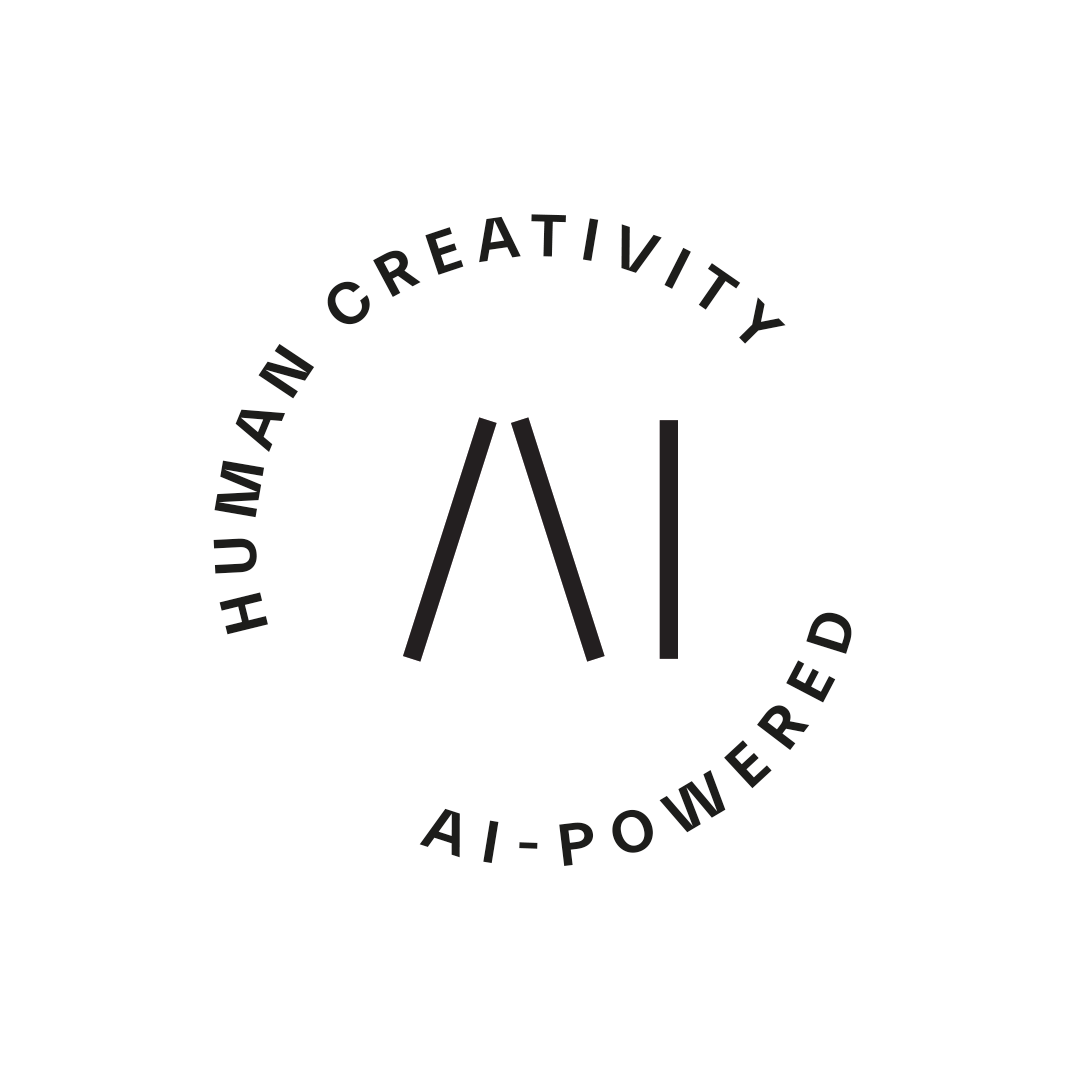Data // Experience Design // Future Digital Opportunities // Digital Business Development // Digital Experience // Modernization // Design Services // Custom Development
Contact Us → Contact Us →Increasingly accelerating digitalization requires a carefully thought-out modernization strategy, as well as controlled design and implementation. Technological development and market turmoils are changing the playing field and rules of the game. A good decision made just a few years ago may today be revealed to be the burden of tomorrow, while the goal posts are moved forward.
The emergence and advancement of digitalisation, fueled by the COVID-19 pandemic, has been talked about to exhaustion. There have been future visions of a real-time, cross-channel consistent, perfect AI-assisted user experience that engages customers or other actors and takes satisfaction to new heights. At the same time, of course, with strict security requirements, regulation, and scalability in the cloud.
Heavy legacy systems break sweat
When thinking about how the modernization strategy required by digitalization is actually scalable and sustainable, and how the journey is made from the starting point to the target state, one can break sweat. Especially if you happen to work in an organization that is a little bigger and older. Often ahead lay basic monolithic applications coded with Cobol, separate systems that came with merges & acquisitions, and a patchwork of different systems. Not to mention the data, which is often even more mistreated over time – it is lacking and otherwise poor quality. Information is often not compatible due to concepts differing between various systems. These mind-tickling challenges are often revealed during projects and they produce shocking emotions for all involved, from coders to project steering group.
Wiping off all the sweat drops, produced by the challenges mentioned above, is relatively challenging. In a complex operating environment, it is impossible to avoid all pitfalls in advance, but good practices and tools allow for better visibility and situational awareness for all. A good decision-making process combines a bold vision, latent knowledge of the organization, and objective data collected from operations.
How to identify modernization needs – a 7-point checklist
In what way, then, to get to the top and fast to the finish in the analysis phase? How to evaluate the capabilities, features and, for example, the readiness of applications to run in the cloud? How to identify the need for modernization?
Modernization needs can be identified at a general level from the following angles:
- Architecture: Any architecture that is seen as a blocker of delivering value with speed.
- Processes: Not being measured and under constant evaluation for continuous improvement.
- Systems: Any COTS or custom black-box system or a system that is no more supported by a vendor.
- Infrastructure: Any infrastructure that is not secure, resilient & scalable through high level of scripting.
- Code: Any code without automated testing, CI/CD pipelines and up-to-date documentation.
- Data: Any data that does not have an owner and systematic governance including privacy and security aspects.
- Attitude: Nothing of the above can be changed.
One good framework for analyzing applications is to approach the issue through the The-Twelve-Factor-App framework published by Heroku years ago. Manually analyzing up to millions of lines of code, as well as analyzing security, vulnerabilities, integrations, and dependencies, is a time-consuming, resource-intensive process, and doing it consistently is challenging.
Fortunately, tools are available to automate the analysis and involve the organization’s staff and their tacit knowledge systematically in the analysis. CAST Highlight is an example of a product that in skilled hands quickly gives an understanding of the software portfolio in use, e.g. through code scanning, software component analysis, and developer queries. The evaluation model in CAST Highlight is based on The-Twelve-Factor-App principles. CAST Software's product family is, in a way, an MRI device for software and software portfolio, which inexorably tells the snapshot and provides a starting point for fact-based decision-making grounded on personnel's tacit knowledge, application data, and code. Siili is a partner of CAST Software.
Digital experience is the a and z of everything
We at Siili swear by the name of an excellent digital user experience. Much of the work done for our customers’ success is specifically about modernization and building the conditions. We have seen situations with our customers where the obstacles have been turned out to be too big due to old applications and platforms. Together, with careful background work, we have been able to move forward and embark on the path of reform. Siili brings to modernization projects an approach based on facts and researched knowledge rather than guesswork. We have the right tools, methods, and expertise at our disposal.
Roughly speaking, our approach to modernization projects can be divided into four parts:
- Assessment: Analyzing the application portfolio with appropriate tools, mirroring it to business objectives and requirements and the existing environment.
- Discovery: Going through relevant applications at the code level. For each application, evaluating the possibilities for modernization in general and tentatively choosing the technologies to be used in the target mode.
- Planning: Developing a strategy and roadmap, assessing cost impacts, and conducting Business Case calculations.
- Execution: Based on the Discovery & Planning phases, rolling up your sleeves and starting to create more detailed plans at the application level.
Make Modernization Real – that's our promise. If you are experiencing challenges on the path to digitalisation and modernization, get in touch and let’s work together to think about how we can solve the challenges!
You are also welcome to listen more at Siili Talks! webinar on May 19, 2021 at 12-13!
Read more and sign up for our free webinar behind this link!
Written by Jerry Jalassola

